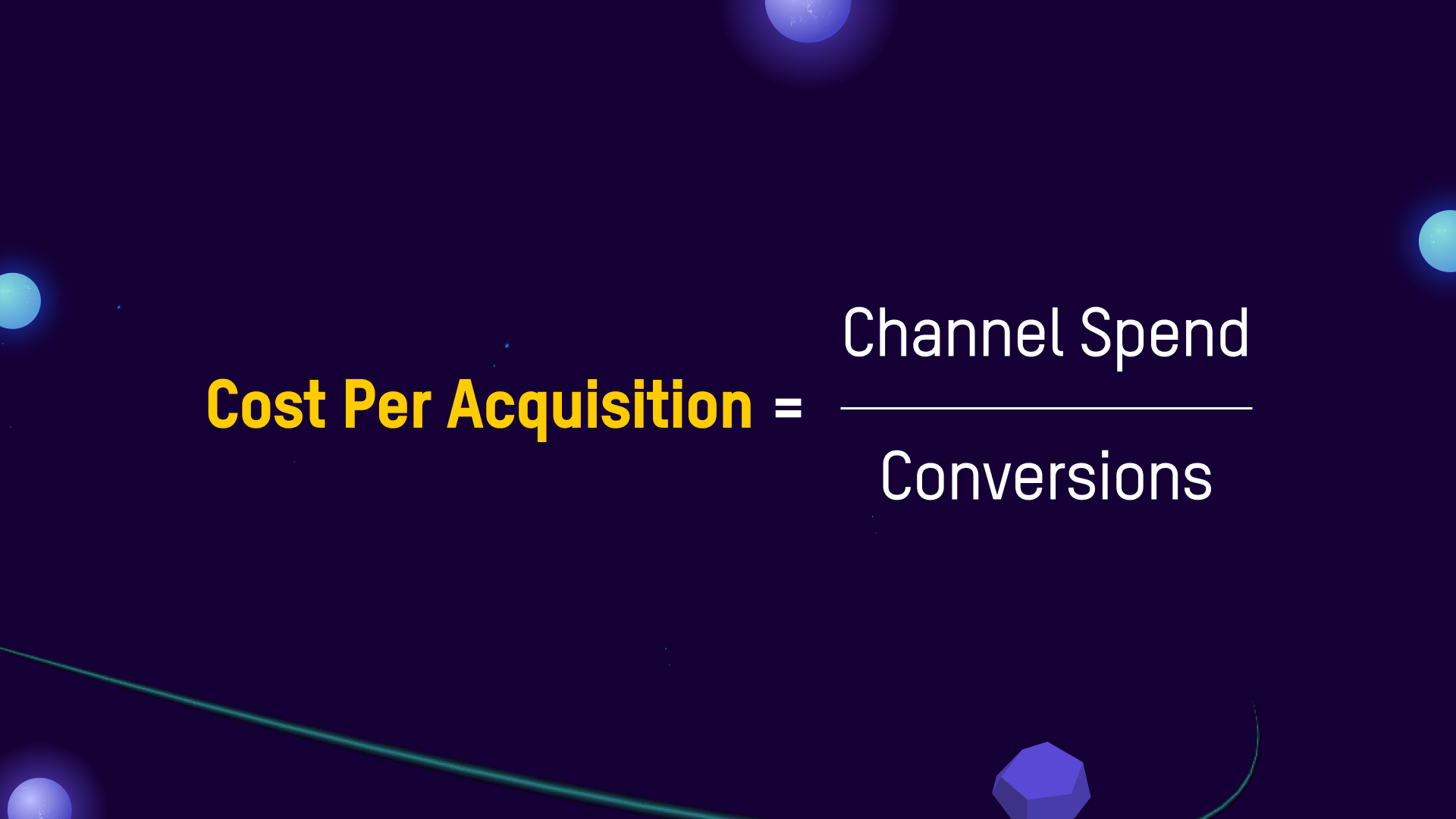It doesn’t matter how much data you’re collecting; it’s what you do with it that counts.
You know what they say: all that glitters is not gold. You might be collecting large volumes of data, but if you’re not using them right, then it’s just a waste of time (and money).
According to HubSpot, 81% of marketers use more than three communication channels to connect with their customers. So the more channels they use, the more data they have to keep track of. This makes it incredibly hard for them to monitor every piece of information coming their way.
How can they possibly know which data they should pay attention to?
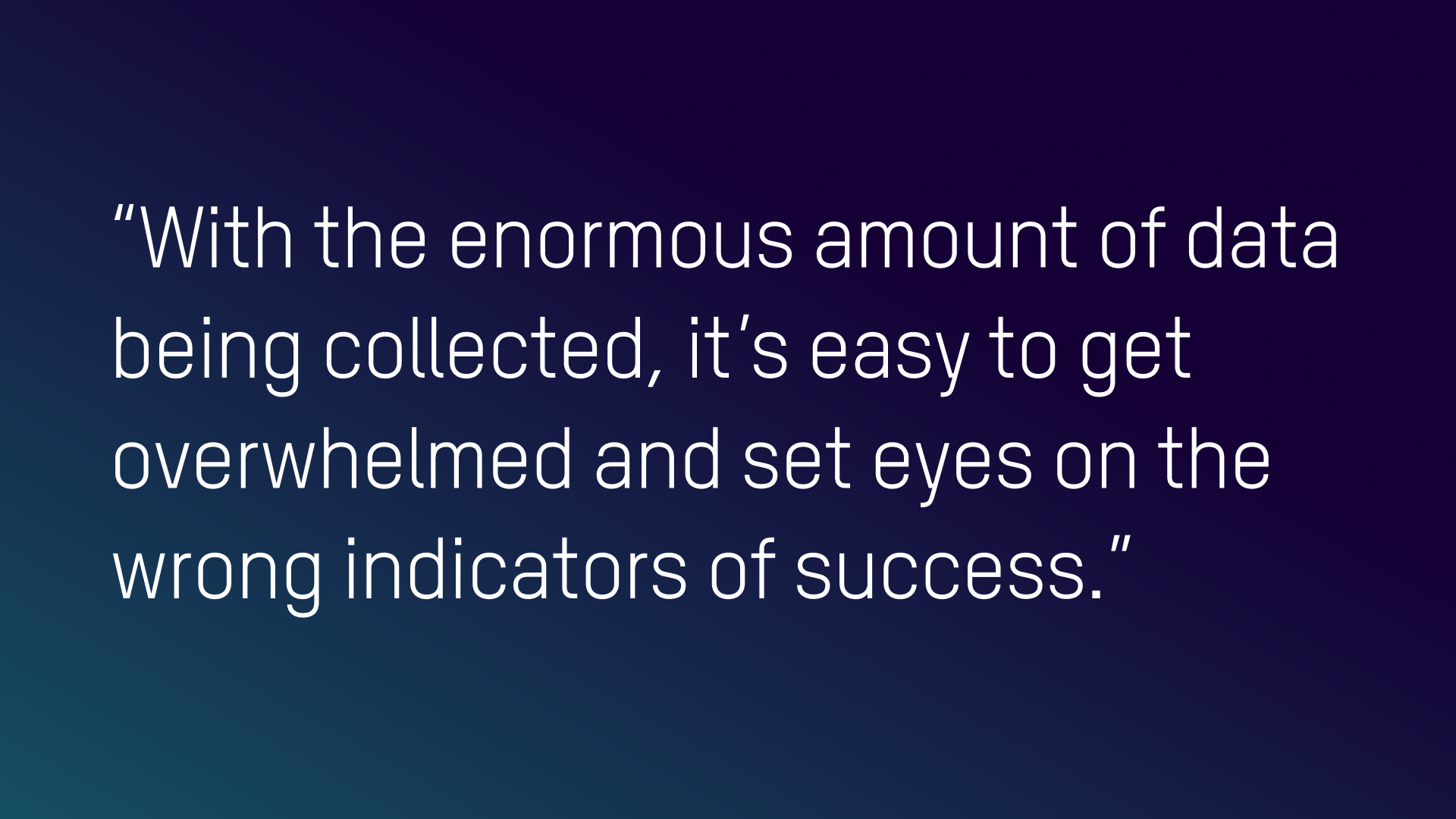
Well, it all boils down to choosing the right marketing metrics to track. With the enormous amount of data being collected, it’s easy to get overwhelmed and set eyes on the wrong indicators of success. So it’s important to choose metrics that will tell you exactly what you need to know about your business.
Some companies tend to pick metrics simply because they sound impressive (e.g. impressions). But they don’t really offer valuable insights about their consumers or how their campaigns performed in reality.
While it’s easy to fall into this trap, marketers must choose the right metrics to use before they even begin their campaigns. This will help them efficiently manage and extract the most meaningful data across their different marketing channels..

Companies can use countless marketing metrics to measure their campaigns, depending on the channels they use. However, we selected the most important marketing metrics that businesses should consider for getting the most value out of their data collection efforts.
Cost Per Lead

Are you pouring marketing dollars down the drain? Here’s a metric that shows whether you’re making the right investment or not. Cost per lead (CPL) tells you how cost-effective your campaign is in acquiring leads. For instance, if your cost per lead is low and generating high-volume leads, it means you’re getting impressive results—without breaking the bank. But if your cost per lead is high and isn’t getting leads, that’s not a good sign. It tells you that changes to your campaign are needed— or that you should possibly pull the plug.
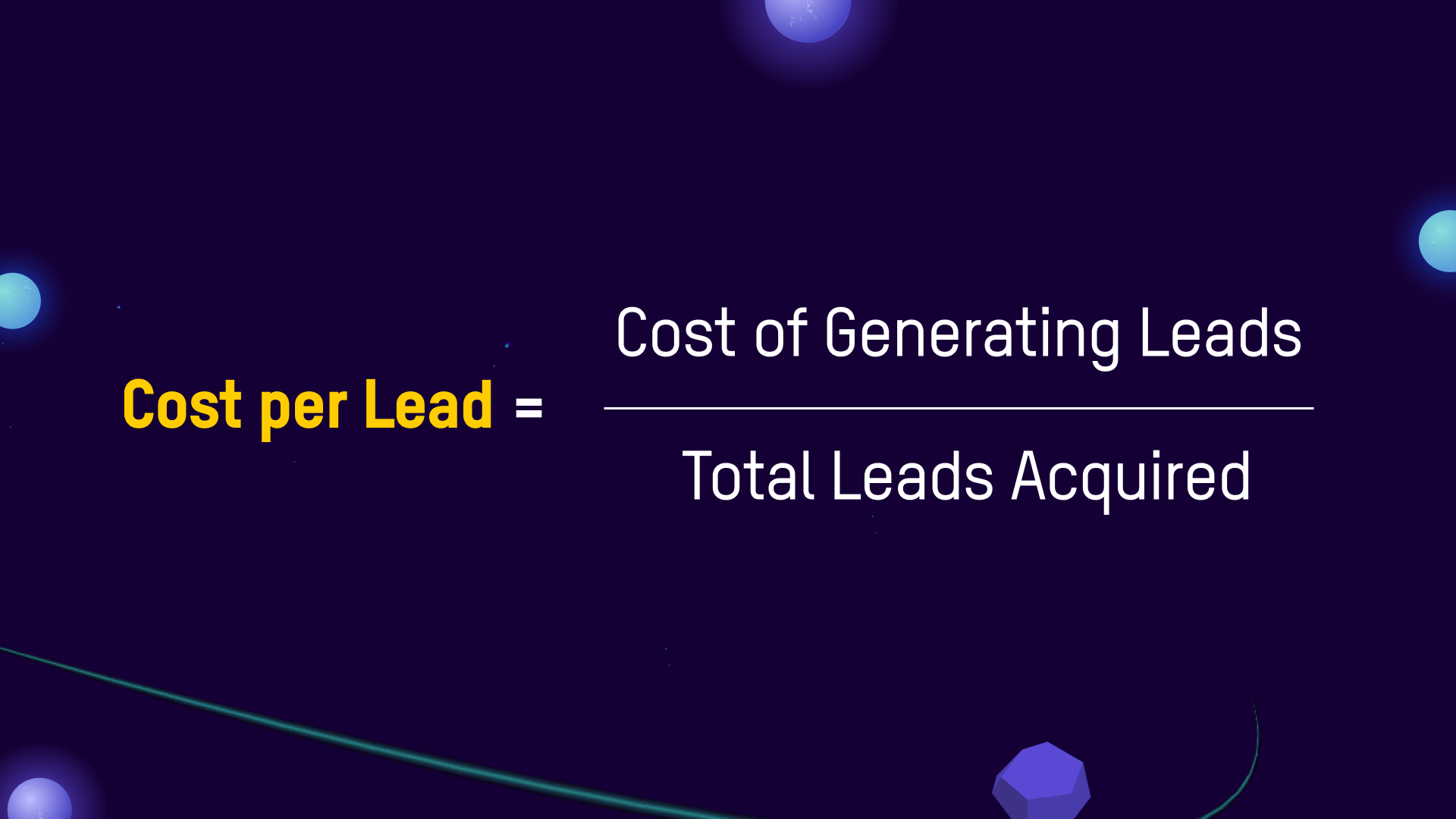
Customer Lifetime Value

How much should you invest in retaining your customers? This metric helps you decide. Customer lifetime value (CLV) measures the revenue that each customer brings into your company throughout your relationship. It also answers how much value the customer will contribute to your brand’s long-term success and whether it would be profitable for you to invest more in this customer. CLV is crucial because it keeps you from putting all your eggs in the wrong basket.
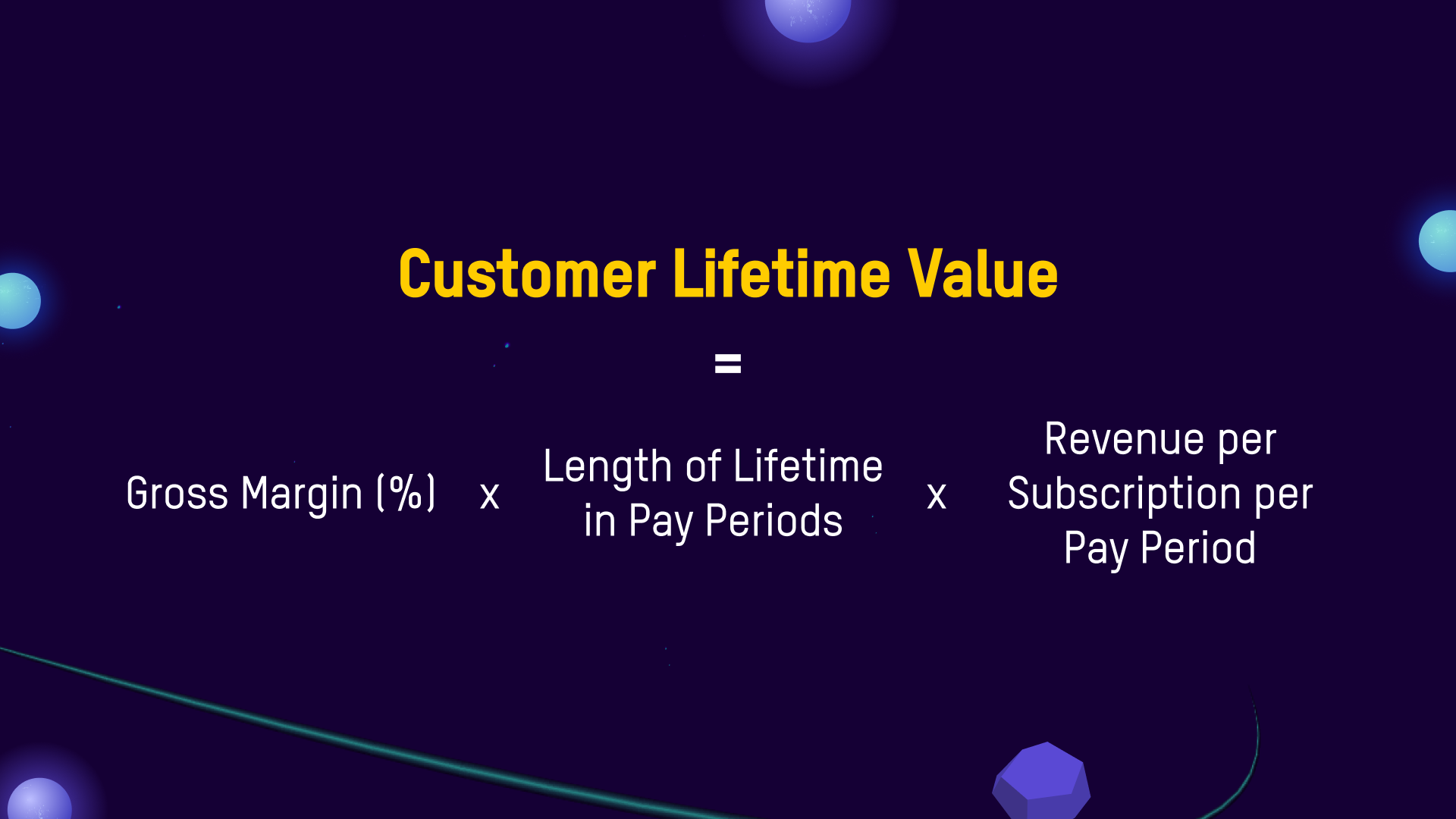
Engagement Rate

Another way to gauge the effectiveness of your marketing initiatives is through engagement rate. Engagement rate measures the amount of interaction your campaign generates. This includes users’ reactions, comments, shares, retweets, pins, open rates, and click-through rates. This metric tells you whether you are reaching your target audience or not, and demonstrates how they’re feeling about your brand. In addition, this metric is a great guide to content creation strategies as it helps you determine whether to retain or switch up messaging, writing tone, or communication channels to better connect with your customers.
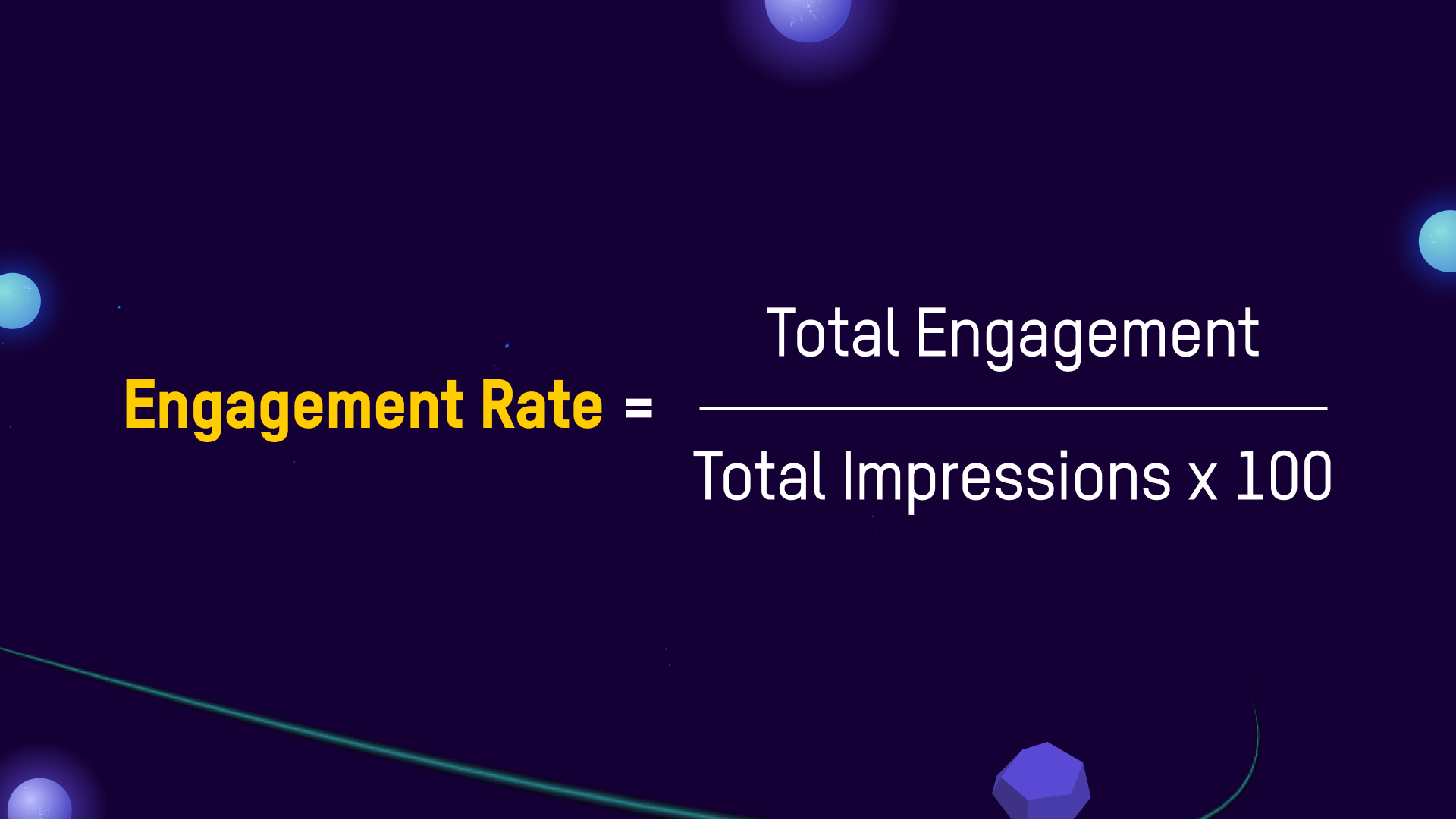
Lead-to-Customer Ratio
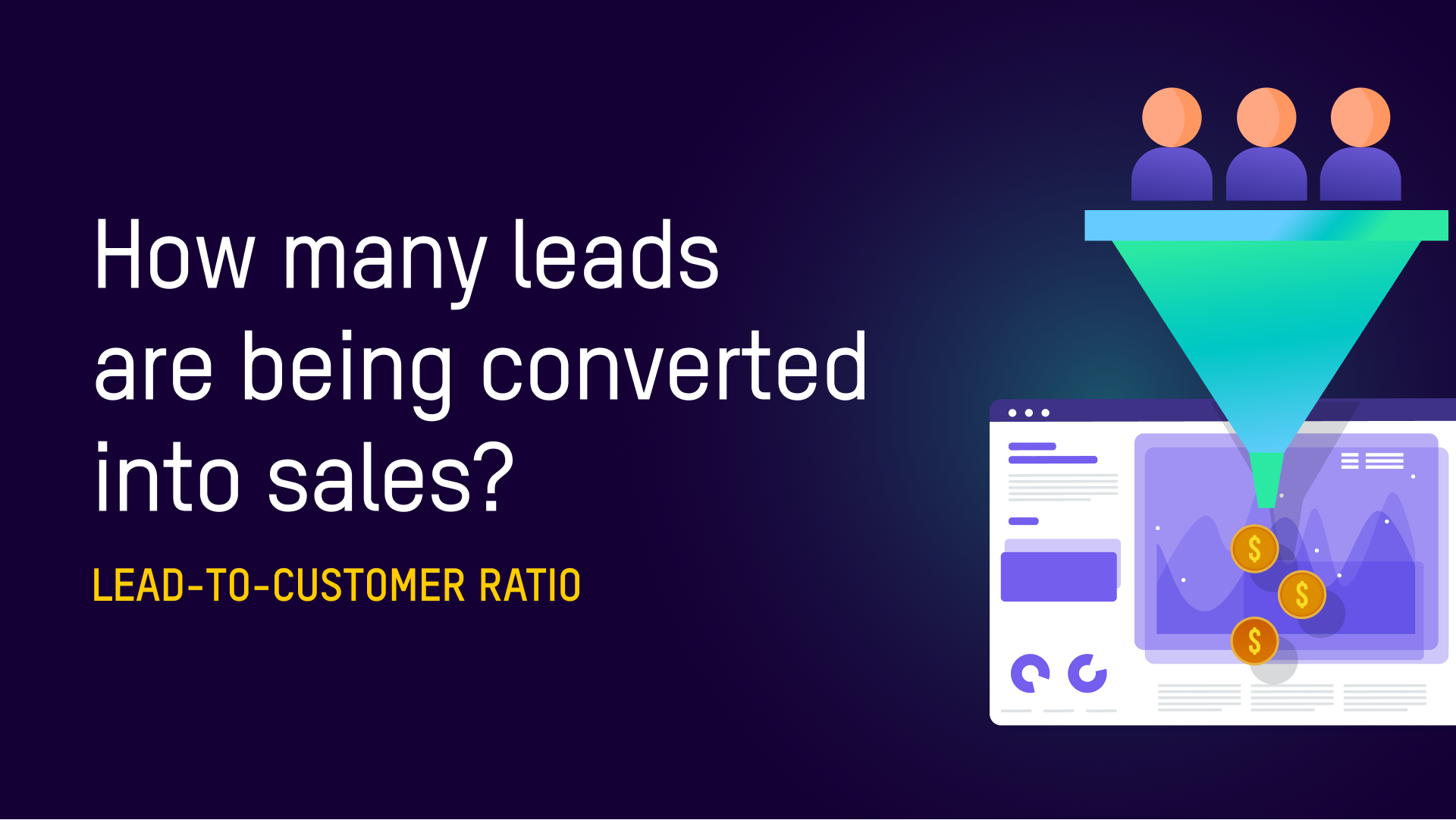
While it’s good to track your lead conversion rate, you must determine how effective your marketing strategies are in converting qualified leads into paying customers. Lead-to-customer ratio is the metric that reveals this insight. More than the quantity, this metric focuses more on the quality of converted leads. When looking at your list of prospects, it’s essential to identify whether you’re actually investing in viable leads. And when using this metric, make sure to define what conversion means for you before tracking (e.g. downloads, sign-ups, visits, etc.).
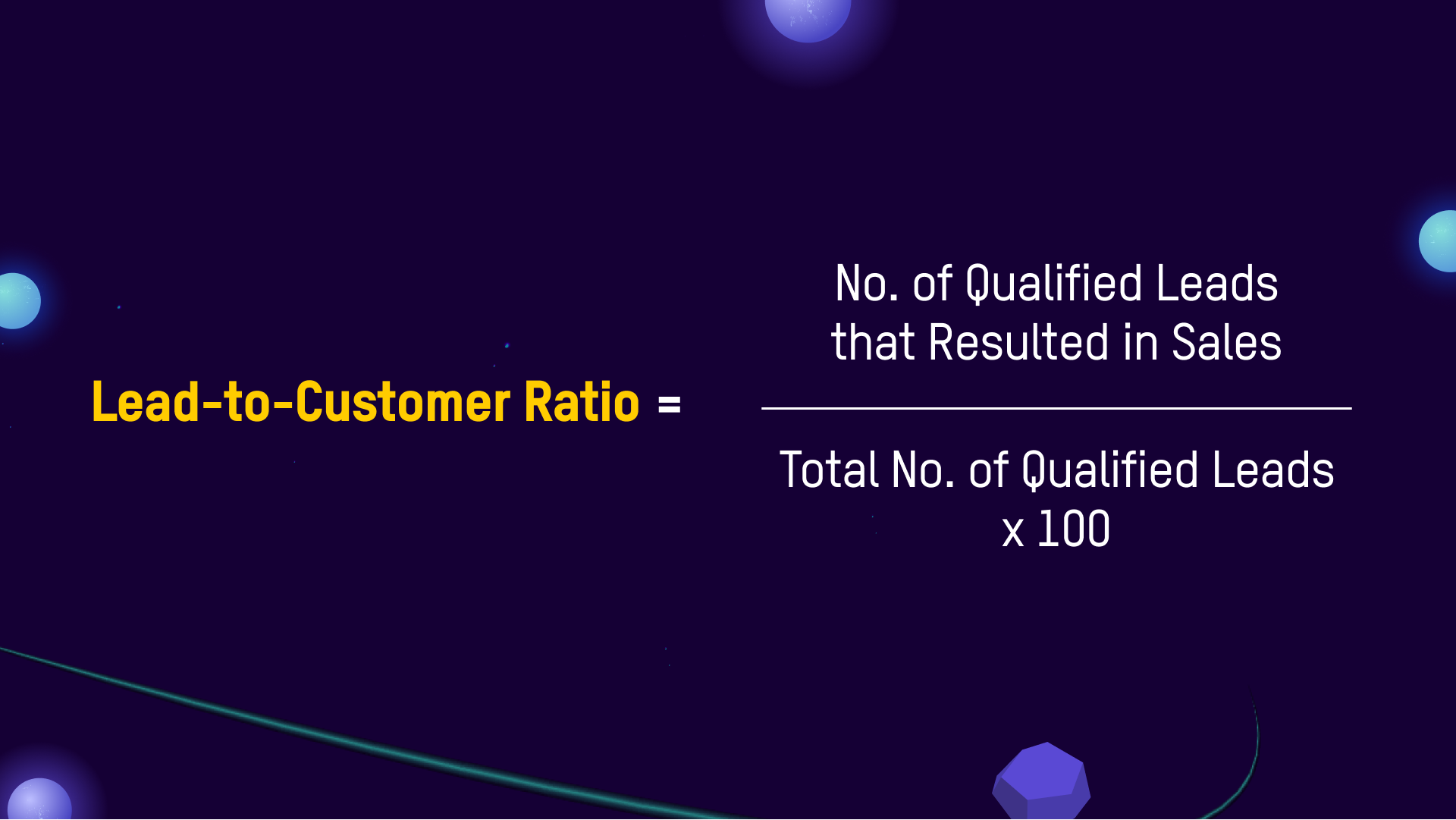
Customer Attrition
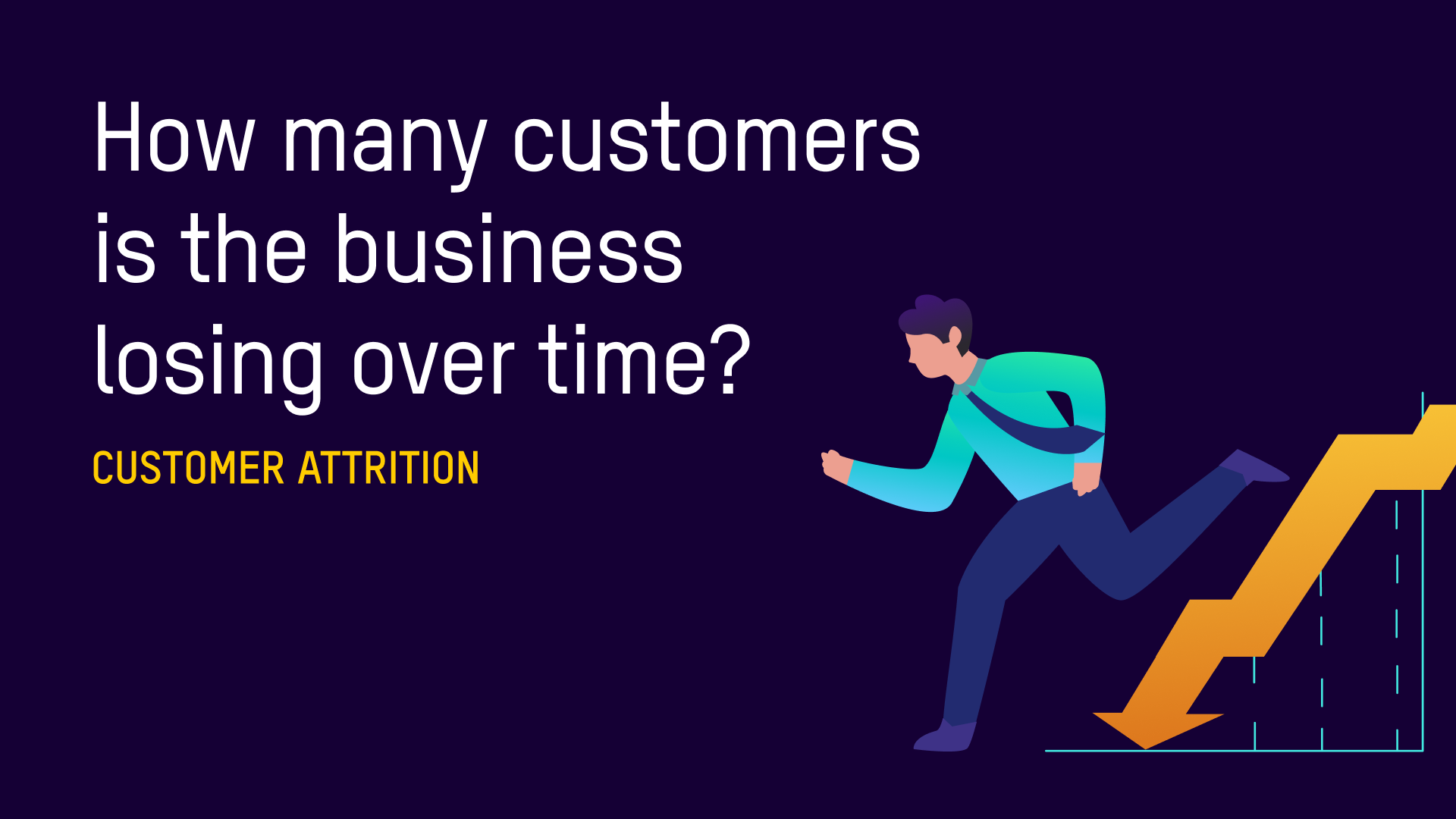
Keeping existing customers is cheaper than acquiring new ones. So you must also be focused on maintaining long-term relationships with your existing customers. This is where customer attrition comes in. It measures the volume of customers that discontinue their interaction with your brand. This metric is critical because it informs you of possible pain points in your campaign or product that are making your customers cut ties with your brand. If you want to improve your customer relationships and increase brand loyalty, tracking your customer attrition is a must.
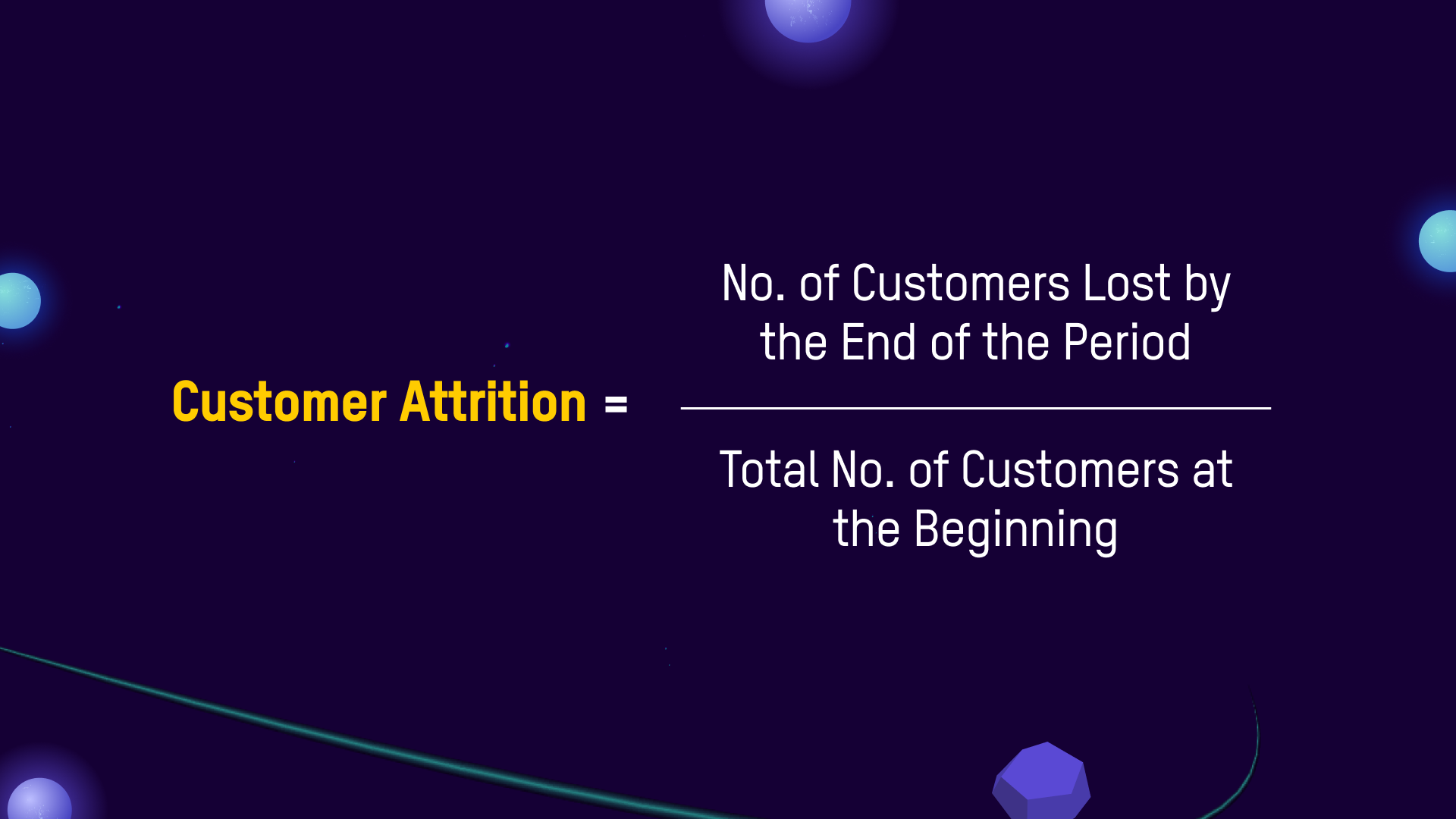
Cost Per Acquisition

Are you spending way too much to get a single customer? Or are you spending a reasonable amount to keep your business on top? If you want to know how effective your campaign is in generating new customers, look at your cost per acquisition (CPA). This financial metric refers to the aggregate cost of acquiring a customer. CPA indicates whether your marketing budget has been optimized to generate maximum results for your business. So you should be keeping a low CPA while acquiring customers to ensure your efforts help boost revenue.
